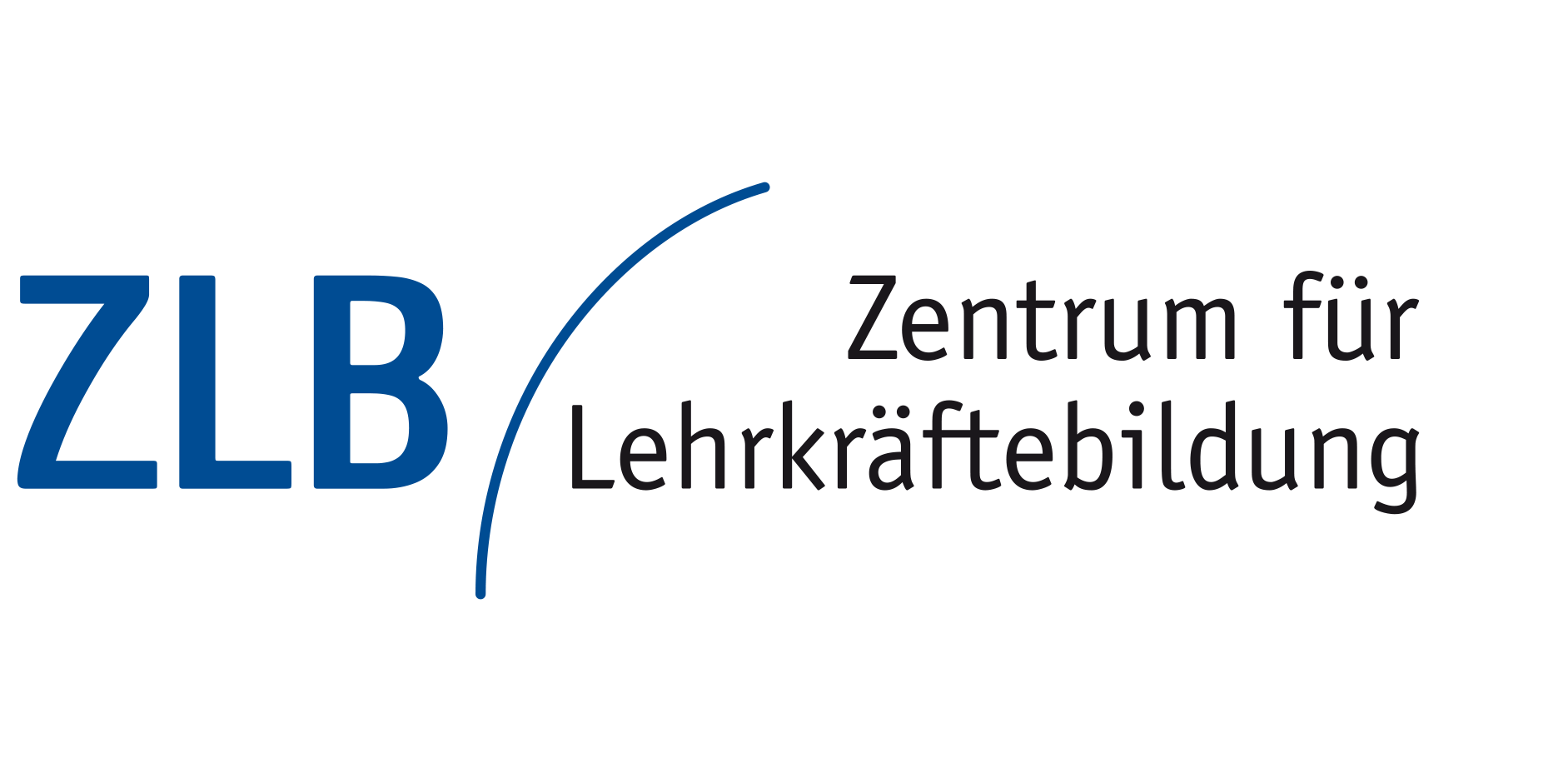by Claudia Scharf, Inga Gryl, Markus Gamper und Swantje Borukhovich-Weis
Abstract:
Research on network theory and innovativeness often addresses innovations. However, network theory lacks theory on innovativeness (the ability to participate in innovation processes), whereas the latter lacks descriptions of network theory. This paper seeks to describe these desiderata, to combine these theoretical research approaches, and to enrich Weis et al.'s (2017) Innovativeness model with network theory in order to describe collaborative innovating. To do this, we use the example of street art, which we view as a form of geomedia that can be created collaboratively as innovations. We will use predominantly the example of the street artist Blek le Rat, whose presumptive embeddedness in social networks we see as an important part of his innovativeness. The final enriched Innovativeness model can contribute to explaining other innovation processes in geography and beyond, to promoting people's abilities to participate in innovation-related communication processes, to changing spatial meanings and to shaping societies.
Reference:
Collaborative Innovating: The Potential of Street Art to Shape Spaces (Claudia Scharf, Inga Gryl, Markus Gamper und Swantje Borukhovich-Weis), In GI_Forum: Journal for Geographic Information Science, ÖAW - Verlag der Österreichischen Akademie der Wissenschaften, volume 6, 2018.
Bibtex Entry:
@Article{ubo_mods_00122619,
author = {Scharf, Claudia
and Gryl, Inga
and Gamper, Markus
and Borukhovich-Weis, Swantje},
title = {Collaborative Innovating: The Potential of Street Art to Shape Spaces},
journal = {GI{\_}Forum: Journal for Geographic Information Science},
year = {2018},
publisher = {{\"O}AW - Verlag der {\"O}sterreichischen Akademie der Wissenschaften},
address = {Wien},
volume = {6},
number = {2},
pages = {156--167},
abstract = {Research on network theory and innovativeness often addresses innovations. However, network theory lacks theory on innovativeness (the ability to participate in innovation processes), whereas the latter lacks descriptions of network theory. This paper seeks to describe these desiderata, to combine these theoretical research approaches, and to enrich Weis et al.'s (2017) Innovativeness model with network theory in order to describe collaborative innovating. To do this, we use the example of street art, which we view as a form of geomedia that can be created collaboratively as innovations. We will use predominantly the example of the street artist Blek le Rat, whose presumptive embeddedness in social networks we see as an important part of his innovativeness. The final enriched Innovativeness model can contribute to explaining other innovation processes in geography and beyond, to promoting people's abilities to participate in innovation-related communication processes, to changing spatial meanings and to shaping societies.},
note = {CA - Scharf},
issn = {2308-1708},
doi = {10.1553/GISCIENCE2018_02_S156},
url = {https://doi.org/10.1553/GISCIENCE2018_02_S156},
language = {en}
}


